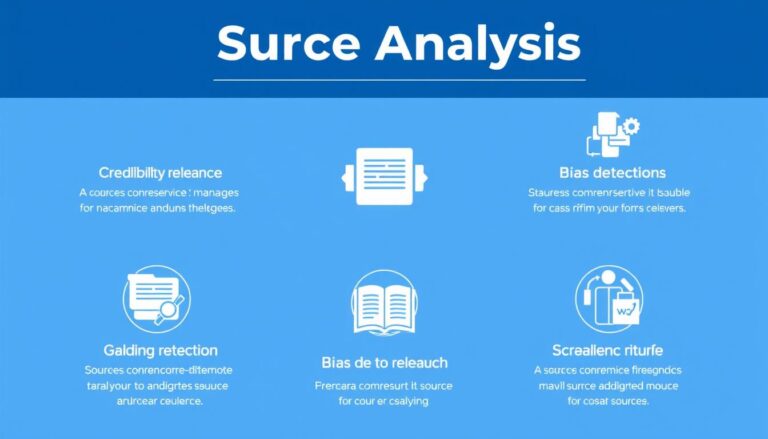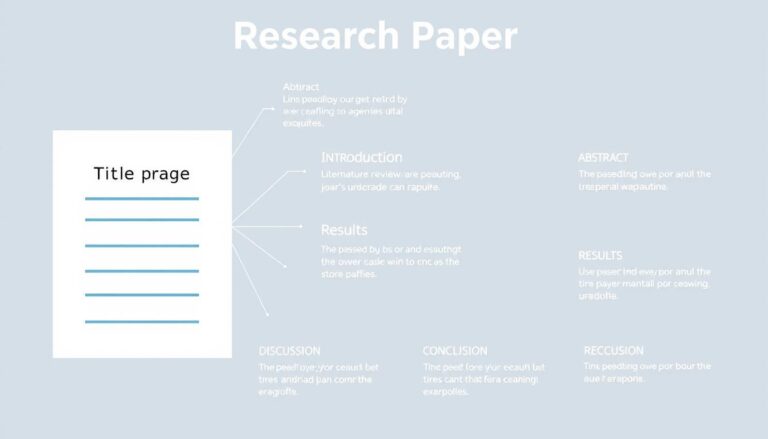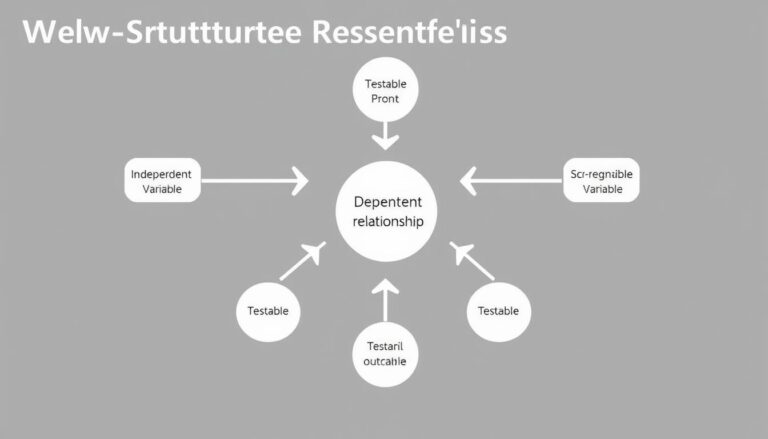Linguistic research has become increasingly reliant on linguistic tools to analyze and understand complex language structures. The availability of various software downloads has revolutionized the field, providing researchers with a wide range of options to suit their specific needs.
Researchers in Australia and around the world can now access numerous tools for tasks such as concordancing, annotation, visualization, and text analysis. With a total of 286 tools available across different platforms, including Windows, Mac, and Linux, researchers can choose the most suitable options for their work.
Key Takeaways
- A vast array of linguistic tools is available for researchers, covering various tasks and platforms.
- 286 tools are listed, with 245 being free and 41 commercial.
- Researchers can access tools for concordancing, annotation, visualization, and more.
- The tools are available across multiple platforms, including Windows, Mac, and Linux.
- Researchers can explore corpus-analysis.com for a comprehensive list of tools and resources.
The Evolving Landscape of Linguistic Research Software
The landscape of linguistic research is rapidly evolving with advancements in corpus research software. This evolution is driven by the increasing demand for more sophisticated and efficient linguistic tools. Researchers are now able to analyze large datasets with greater precision and speed.
Current Trends in Digital Linguistics
Digital linguistics is a rapidly growing field, with current trends focusing on the development of more advanced corpus analysis tools. These tools enable researchers to uncover new insights into language use and structure.
The trend is towards more user-friendly and accessible software, allowing researchers to focus on their research rather than struggling with complex software.
Why Software Selection Matters for Research Outcomes
Selecting the right software is crucial for the success of linguistic research. The choice of software can significantly impact the accuracy and validity of research findings.
Researchers must consider factors such as the type of analysis required, the size of the dataset, and the level of complexity when choosing software.
| Software | Key Features | Research Applications |
|---|---|---|
| AntConc | Corpus analysis, concordancing | Language teaching, linguistic research |
| Sketch Engine | Corpus management, word sketches | Lexicography, linguistic analysis |
Essential Software Downloads for Corpus Analysis
In the realm of linguistic research, corpus analysis software plays a vital role in uncovering insights and patterns within large datasets. The right tools can significantly enhance the accuracy and efficiency of research outcomes.

AntConc: The Researcher’s Companion
AntConc is a free, widely-used corpus analysis tool that offers a range of features for linguistic research. Its versatility makes it a favorite among researchers.
Key Features and Applications
AntConc boasts an array of tools, including concordancing, word lists, and keyword extraction. These features enable researchers to analyze corpora from various angles, providing a comprehensive understanding of linguistic patterns.
Getting the Most from AntConc
To maximize AntConc’s potential, researchers can customize settings to suit their specific needs. This flexibility allows for more precise analysis and interpretation of corpus data.
Sketch Engine: Advanced Corpus Management
Sketch Engine is a powerful corpus analysis tool that offers advanced features for managing and analyzing large corpora. Its capabilities include corpus compilation, keyword extraction, and collocation analysis.
CQPweb: Web-Based Corpus Analysis
CQPweb is a web-based interface for corpus analysis that provides an accessible platform for researchers to explore and analyze corpora. Its user-friendly interface makes it an attractive option for those new to corpus linguistics.
By leveraging these software downloads, researchers can significantly enhance their corpus analysis capabilities, leading to more insightful and reliable research outcomes.
Text Analysis and Natural Language Processing Tools
In the realm of linguistic studies, text analysis and NLP tools are crucial for understanding the nuances of language use and structure. These tools enable researchers to analyze large datasets with precision, uncovering patterns and insights that would be difficult to discern manually.
NLTK: Python’s Natural Language Toolkit
The Natural Language Toolkit (NLTK) is a comprehensive library used for NLP tasks. It provides a wide range of tools for tasks such as tokenization, stemming, and corpora management. NLTK is particularly useful for researchers working with Python.
Key Features of NLTK:
- Tokenization and corpora management
- Stemming and lemmatization
- Text processing and analysis
Stanford CoreNLP: Comprehensive Text Analysis
Stanford CoreNLP is a Java library for NLP that provides a wide range of tools for text analysis, including part-of-speech tagging, named entity recognition, and sentiment analysis. It is known for its high accuracy and is widely used in research.
“Stanford CoreNLP is a versatile tool that can be used for a variety of NLP tasks, making it an essential resource for researchers.”
spaCy: Industrial-Strength NLP
spaCy is a modern NLP library focused on industrial-strength natural language understanding. It offers high-performance, streamlined processing of text data, and includes pre-trained models for various languages.
Installation Requirements
To install these NLP tools, researchers can use package managers like pip for Python libraries (NLTK and spaCy) and Maven for Java libraries (Stanford CoreNLP). Detailed installation instructions are available on their respective websites.
Australian Language Models
For researchers focusing on Australian English, there are specific language models available, such as those trained on the Australian National Corpus. These models are crucial for accurate analysis of Australian English texts.
| Tool | Primary Function | Language Support |
|---|---|---|
| NLTK | Tokenization, Corpora Management | Multiple languages |
| Stanford CoreNLP | Text Analysis, Sentiment Analysis | Multiple languages |
| spaCy | Industrial-strength NLP | Multiple languages, including English |
Transcription and Annotation Software
In the realm of linguistic research, transcription and annotation software play a pivotal role in uncovering the nuances of spoken communication. These tools enable researchers to transform spoken language into a written format that can be analyzed comprehensively.
ELAN: Multimodal Annotation Tool
ELAN is a powerful tool developed by the Max Planck Institute for Psycholinguistics. It allows for the creation of complex annotations on video and audio recordings, making it ideal for multimodal analysis. Researchers can annotate various aspects of communication, including gestures and speech, providing a rich dataset for analysis.
Praat: Speech Analysis Software
Praat is a widely-used software for speech analysis. It offers advanced features for manipulating and analyzing speech recordings, including pitch manipulation and formant analysis. Praat’s capabilities make it an indispensable tool for phonetic research and speech pathology.
Transcriber: Audio Transcription Made Simple
Transcriber is an open-source tool designed to simplify the process of transcribing audio recordings. It supports various transcription formats and allows for the segmentation of audio files, making it easier to manage large datasets. Transcriber is particularly useful for researchers working with extensive audio collections.
By utilizing these transcription and annotation software tools, linguistic researchers can enhance the accuracy and depth of their analyses, contributing to a better understanding of language structures and communication patterns.
Concordance and Collocation Analysis Tools
Linguistic researchers rely heavily on concordance and collocation analysis tools to examine language patterns, identify trends, and validate hypotheses. These tools are essential for corpus-based research, providing insights into how words are used in different contexts.
Several software options are available for concordance and collocation analysis, each with its unique features and benefits.
WordSmith Tools: Lexical Analysis Suite
WordSmith Tools is a comprehensive suite for lexical analysis, offering a range of features including concordancing, collocation analysis, and word list generation. Its user-friendly interface makes it accessible to researchers at various levels of expertise.
MonoConc Pro: User-Friendly Concordancing
MonoConc Pro is designed for concordancing, providing a straightforward and efficient way to analyze corpora. Its simplicity and powerful search capabilities make it a valuable tool for linguistic research.
LancsBox: Data Visualization for Linguistics
LancsBox stands out for its data visualization capabilities, enabling researchers to graphically represent linguistic data. This feature is particularly useful for identifying patterns and presenting findings.
By utilizing these concordance and collocation analysis tools, researchers can significantly enhance the depth and accuracy of their linguistic analyses.
Statistical Analysis Software for Linguistic Research
Statistical analysis is a crucial component of linguistic research, enabling researchers to uncover patterns and trends within language data. The choice of statistical analysis software can significantly impact the outcomes of linguistic research.
R and RStudio: Programming for Linguistic Statistics
R and RStudio have become indispensable tools for linguistic researchers due to their extensive capabilities in statistical analysis and data visualization. R offers a wide range of packages specifically designed for linguistic analysis.
Essential R Packages for Linguists
Some essential R packages for linguists include tidyverse for data manipulation, stringr for string processing, and ggplot2 for data visualization. These packages enhance the analytical capabilities of R, making it a powerful tool for linguistic research.
Data Visualization Techniques
Data visualization is a critical aspect of statistical analysis in linguistic research. Techniques such as plotting frequency distributions, visualizing corpus data, and creating lexical dispersion plots help researchers gain insights into language patterns. As noted by
“Data visualization is not just about making pretty pictures; it’s about revealing the underlying structure of the data.”
SPSS: Statistical Package for Social Sciences
SPSS is another widely used statistical analysis software that offers a range of tools for data analysis, including descriptive statistics, hypothesis testing, and regression analysis. Its user-friendly interface makes it accessible to researchers without extensive programming knowledge.

Specialised Software for Australian Language Research
Researchers focusing on Australian languages now have access to a range of specialised software designed to enhance their work. This software is crucial for the documentation, analysis, and preservation of Australian languages, many of which are considered endangered.
Tools for Aboriginal Language Documentation
The documentation of Aboriginal languages is a vital area of research, and several software tools have been developed to support this work. These tools facilitate the collection, transcription, and analysis of language data.
Miromaa Language Program
The Miromaa Language Program is a significant tool in this area, offering a comprehensive platform for language documentation and education. It allows users to create and manage language data, including dictionaries and text corpora.
Auslan Corpus Tools
Auslan Corpus Tools are designed for the analysis of Auslan, the sign language used by the Australian deaf community. These tools enable researchers to build and analyse corpora of Auslan, enhancing our understanding of this unique language.
Australian National Corpus Resources
The Australian National Corpus provides a wealth of resources for researchers, including large datasets of written and spoken Australian English. These corpora are invaluable for linguistic research, offering insights into language use and variation.
| Corpus | Description | Size |
|---|---|---|
| Australian Corpus of English | A collection of written and spoken English | 100 million words |
| Auslan Corpus | A collection of Auslan data | 50,000 annotations |
Open-Source vs. Commercial Linguistic Software
The landscape of linguistic software is diverse, with both open-source and commercial tools offering unique benefits. Researchers in Australia have access to a wide range of software downloads that cater to various linguistic tools and needs.
When deciding between open-source and commercial linguistic software, it’s essential to consider several factors, including cost, functionality, and support. Open-source software often provides a cost-effective solution with the flexibility of customization, while commercial software typically offers professional support and a more polished user interface.
Cost-Benefit Analysis for Researchers
A cost-benefit analysis is crucial for researchers to determine the most suitable software for their needs. Open-source linguistic tools can be particularly appealing due to their zero licensing fees, allowing researchers to allocate more resources to other aspects of their projects.
- Advantages of Open-Source Software:
- Zero or low costs
- Community-driven development and support
- Customizability
- Disadvantages of Open-Source Software:
- Limited professional support
- Potential compatibility issues
Institutional Access and Licensing in Australian Universities
Australian universities often have different policies regarding software licensing and access. Commercial software may be preferred in some institutions due to its reliability and dedicated customer support.
Institutional access to commercial linguistic software can vary, with some universities offering site licenses that cover a wide range of software. Researchers should consult their institution’s IT department to understand the available options and any associated costs.
- Check institutional licensing agreements
- Consider the total cost of ownership
- Evaluate the software’s compatibility with existing tools
Essential Software Downloads: Installation and Learning Resources
To get the most out of corpus research software, researchers need to understand both its capabilities and its installation process. Effective utilization of these tools can significantly enhance the quality of linguistic research.
Step-by-Step Installation Guides
Many linguistic tools come with installation guides that walk users through the setup process. For instance, software like AntConc and Sketch Engine provide detailed instructions on their websites to help users install and configure the tools correctly.
- Check the software’s official website for download links and installation instructions.
- Follow the step-by-step guides to ensure proper installation.
- Verify that your system meets the software’s requirements before installation.
Online Tutorials and Documentation
Online tutorials and documentation are invaluable resources for learning how to use corpus research software effectively. Websites like YouTube and dedicated software forums often host tutorials created by experienced users and developers.
| Software | Type of Resource | Source |
|---|---|---|
| AntConc | Tutorial | YouTube |
| Sketch Engine | Documentation | Official Website |
| CQPweb | User Guide | Project Website |
Australian University Resources and Support
Australian universities often provide support for researchers using linguistic tools. Many institutions have dedicated centers or departments that offer training and resources for using specific software.
Researchers are encouraged to explore the resources available at their institutions, such as workshops, online guides, and one-on-one consultations, to maximize their use of corpus research software.
Conclusion: Selecting the Right Tools for Your Research
Selecting the right software downloads is crucial for linguistic research. The variety of linguistic tools and corpus research software available can be overwhelming, but understanding the options is key to successful research outcomes.
Throughout this article, we’ve explored a range of tools for corpus analysis, text analysis, transcription, and statistical analysis. By considering the specific needs of your research, you can choose the most suitable software to enhance your work.
Australian researchers can benefit from the diverse range of software downloads available, from open-source options to commercial products. By leveraging these linguistic tools, researchers can improve the quality and validity of their research.
Ultimately, the right software can streamline your research process, saving time and increasing productivity. Explore the options discussed in this article and discover the best corpus research software for your linguistic research needs.





